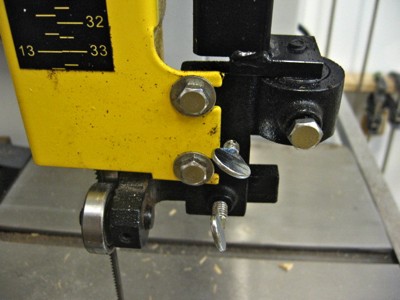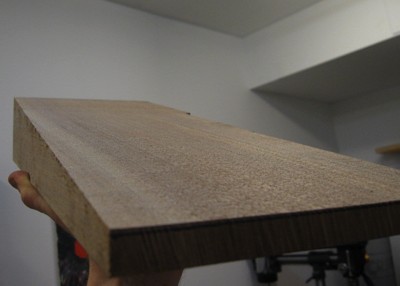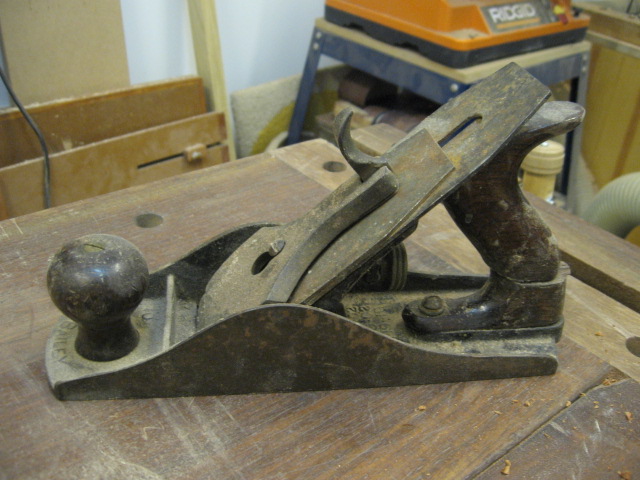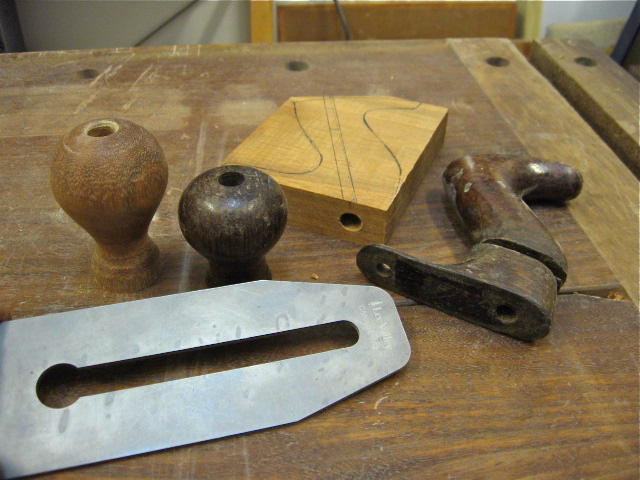An essential part of my workbench is this modern patternmakers' vise:
As you can see, it can hold odd-shaped parts at unusual angles, making it a lot easier to carve the complex three-dimensional shapes that guitar are made of.
It is based on original designs by Joseph Emmert, and patented way back in 1919. Like so many others, Emmert Manufacturing went out of business in the 1970s. Lee Valley Tools developed and sold an improved, canadian-made version for a while, but now it too is unavailable and highly sough after. The one that I use is an inexpensive reproduction made in the far east. I doubt it is as precise or sturdy as the real thing, but it works.
You can see why these are so useful: the whole vise can be pivoted from vertical to horizontal orientation, and rotate 360 degrees. I use this feature all the time to hold necks at a comfortable angle for carving with a rasp and spokeshave. The jaws open 13", and the outer one can be quickly skewed 5 degrees left or right to hold wedge shapes, like the bodies of some of my ergonomic electric guitars. An auxiliary insert can hold pieces at up to 20 degrees of skew. And by flipping the face 180 degrees, I have a set of small jaws perfect for holding nuts and saddle blanks while they're being shaped.
Truly this is the ultimate luthier's vise.











